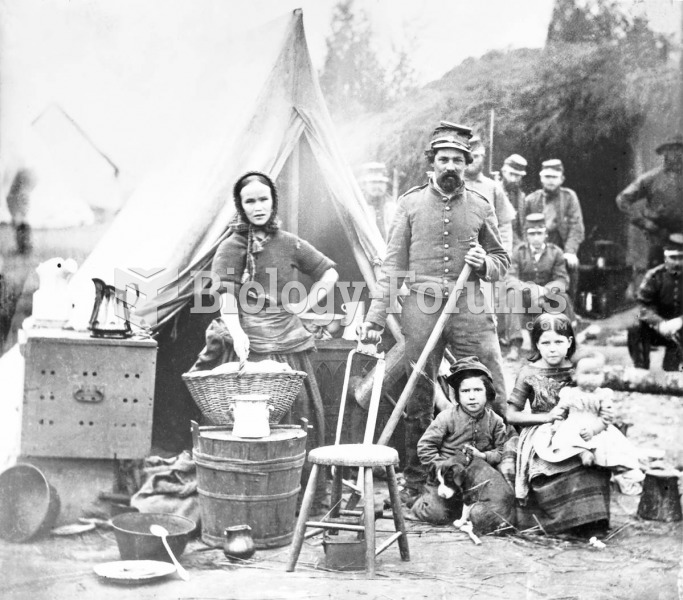This topic contains a solution. Click here to go to the answer
|
|
|
Did you know?
Fatal fungal infections may be able to resist newer antifungal drugs. Globally, fungal infections are often fatal due to the lack of access to multiple antifungals, which may be required to be utilized in combination. Single antifungals may not be enough to stop a fungal infection from causing the death of a patient.
Did you know?
There are 60,000 miles of blood vessels in every adult human.
Did you know?
The most common treatment options for addiction include psychotherapy, support groups, and individual counseling.
Did you know?
The longest a person has survived after a heart transplant is 24 years.
Did you know?
In 1844, Charles Goodyear obtained the first patent for a rubber condom.
 Studies in landscape ecology indicate that interactions between biotic and abiotic processes are dep
Studies in landscape ecology indicate that interactions between biotic and abiotic processes are dep
 The common squirrel monkey (Saimiri sciureus) is a small New World primate from the Cebidae (squirre
The common squirrel monkey (Saimiri sciureus) is a small New World primate from the Cebidae (squirre





